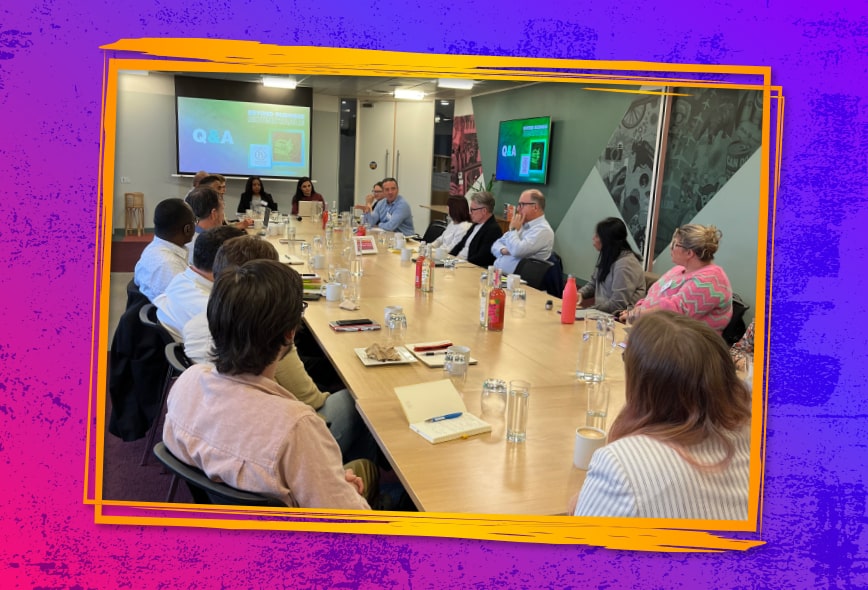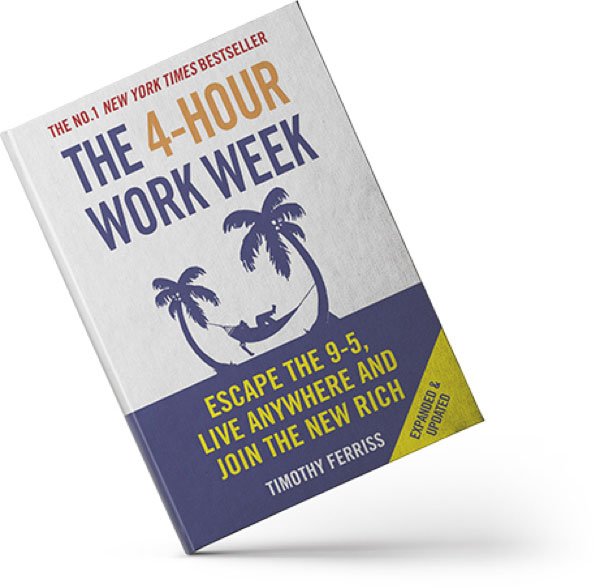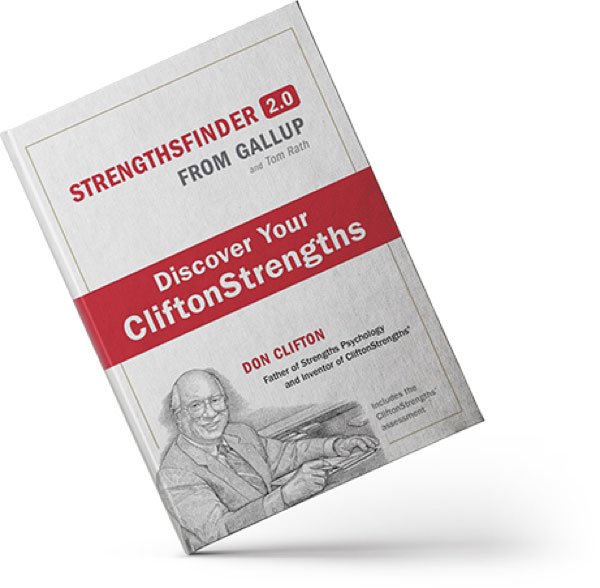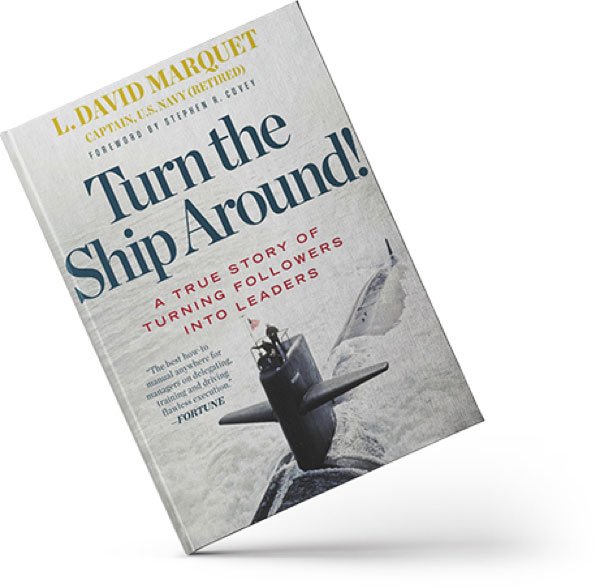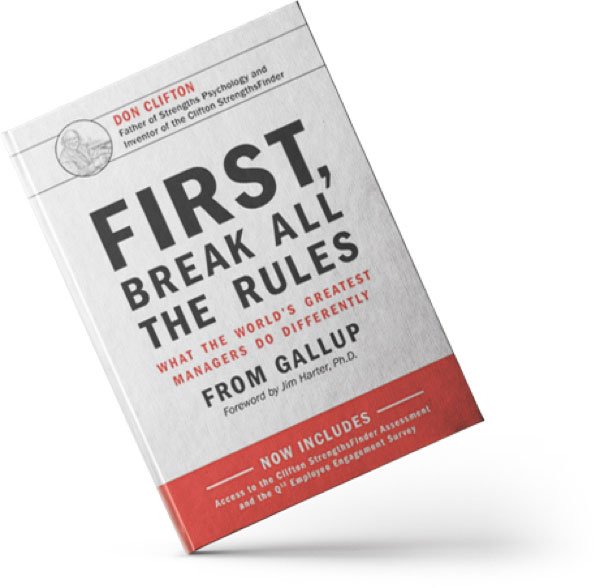We launched Impact Beyond Business (IBB) at CP to create a community of likeminded, culturally aligned, planet-powered firms. A space – physically and digitally – where we can share insights, learn from each other, and tackle the most pressing environmental challenges together.
October’s Net Zero Roundtable captured that essence. And then some. Bringing together over 25 sustainability-savvy individuals and organisations for a three-hour, nugget-filled session.
In attendance, fellow B Corps, award-winning thought leaders, sustainability in business authors and key figures from businesses at every stage of their sustainability journey. What’s more, they came from a diverse range of sectors, including food and drink, construction, supply chain, events, retail, and everything in between.
As you can imagine, the Net Zero questions, suggestions and knowledge gems flowed non-stop. Tuck into some of the highlights below.
HOW SUSTAINABLE IS YOUR SUPPLY CHAIN?
It’s important you know the answer. Because, as Josie Lee, CFO at Supply Pilot told us, 80% of ESG impact comes from a business’s supply chain, and 99% of the complexity is in there too.
Supply Pilot helps companies gauge how far along their suppliers are in their ESG journey, where the risk areas are, and how to create action plans that educate, build capability and highlight impact.
And, as part of Supply Pilot’s own Net Zero journey, Josie led the company’s carbon emissions measuring process, calculating Scope 1, 2 and 3 emissions for reporting purposes and getting the same numbers from their suppliers.
Clearly, Josie knows a thing or two about focusing on emissions in your supply chain, and she gave us these top tips:
- Engage with ALL your suppliers – not just a select few.
- Don’t force your suppliers to ‘pay to play’ – if you’re showing leadership in setting an ambitious ESG goal, you need to provide the platform for your providers to get there.
- Engage with their WHY – if your supplier understands the raw materials they use at the moment won’t be available in the future, and their competitors are moving to sustainable resources. That’s why climate change matters to them.
- Engage with practical steps – Net Zero can be a nebulous concept and can seem far off for suppliers, so focus on tangible changes, like using green energy and sustainable materials, and reducing waste.
PLANET-PROOFING YOUR PROPERTY
40% of global emissions are from the built environment. So, we were delighted to have Matthew Hannah, MD at Innes England, and Philippa Birch-Wood, Thrive Director at Chetwoods in the room.
These two are experts in low impact and zero carbon buildings, and they both touched on the difference between Net Zero in-use, and Net Zero embodied.
Because it refers to the operational carbon emissions of a building, Net Zero in-use is much easier to achieve – and it should be attainable for everyone. Embodied carbon is far more complicated and poses a greater challenge. But what exactly does it mean?
A building’s embodied carbon captures all the emissions from the materials and processes used in its construction. That includes the emissions from the extraction and transportation of said materials, so you can see how the complexities quickly add up. What’s more, it can’t be tweaked or improved like operational carbon. Once a building and its emissions are up, they’re here to stay.
For that reason, the refusal of Marks & Spencer’s plans to demolish and rebuild its Oxford Street store earlier this year came up more than once in our chat. Why would they want to waste all that embodied carbon – an estimated 40,000 tonnes of CO2e – to only create more?
It’s not just the obvious, planet-sized benefits incentivising businesses to build cleaner either. Banks are offering green loans with preferable rates if buildings meet requirements and have good ESG credentials. And buildings with poor Energy Performance Certificate (EPC) ratings can’t be let. In fact, by 2027, all buildings will have to score C or higher.
Getting to Net Zero in your building relies on reducing consumption, effective insulation and alternative sources of energy, with Matthew citing electric car charging points and solar panels as some of the most widely available and effective initiatives.
We can’t do this in silos, either, as Philippa reminded us. This roundtable was a great example of the power of collaboration, and there are plenty of networks and consortiums like the UK Green Building Council doing vital work in this area already. She also referenced Joanna Williams’ book, ‘Zero Carbon Homes’, and its diverse approaches to reducing construction impacts. If you haven’t given it a read already, we know what’s next on your list.
IT DOESN’T HAVE TO BE TAXING
Being accountants, we had to squeeze some numbers into the discussion. And with good reason. Tax reliefs like R&D tax incentives and Capital Allowances are some of the most effective ways to supercharge your sustainability efforts.
The government’s RDEC and SME R&D regimes are designed to incentivise UK companies to undertake Research & Development. Here, Laudina Duffus, Senior Manager in the CP Innovations team also referred to EV chargers and integrated solar panels as key examples.
In one project that Laudina and the team worked on featuring both, the client had over £1.4m in qualifying expenditure, which, with the SME scheme’s additional 130% deduction, meant they could deduct over £1.8m from their taxable profits. Yet more proof that it pays to go green and seek specialist advice to help you do it effectively.
Similarly, Capital Allowances, another key tax relief on capital expenditure that offers up to 25p relief on every £1 of qualifying spend. Here, qualifying expenditure could include a retrofit of existing buildings to reduce embodied carbon emissions, redeveloping brownfield sites, or overhauling existing mechanical and electrical equipment to install new energy-efficient systems.
In one example of an office refurbishment in London, total refurbishment costs were £1.5m and the total allowances were £1.2m, which came to a tasty tax saving of over £220,000.
MAKING SENSE OF THE ALPHABET SOUP
Nicoleta Ciobanu, our Head of Sustainability and ESG legislation guru helped the roundtable spoon through the “alphabet soup of reporting” – a whistlestop tour of all the major reporting requirements and how they interact with each other.
From ESOS (Energy Savings Opportunity Scheme) and SECR (Streamlined Energy & Carbon Reporting) to TCFD (Task Force on Climate-Related Financial Disclosures) and ISSB (International Sustainability Standards Board), Nicoleta provided us with heaps of information – and some key takeaways.
The importance of calculating Scope 3 emissions was one of them. Right now, they’re voluntary or minimally included in each framework, and because they’re difficult to calculate it can be tempting to do the legal minimum. However, because they account for the largest proportion of all emissions, it’s becoming unacceptable to ignore them. It’s very likely they will become mandatory across the board in the not-so-distant future, and already, you can’t claim Net Zero without including your Scope 3 emissions.
So, if you’re a company that wants to start calculating more of your Scope 3 emissions, the roundtable’s advice is “just do it”. Even if you don’t measure everything, start with those that are easier to approach, like business travel, waste and transport distribution, and increase your carbon inventory gradually to include the more complex areas.
It could help you identify opportunities for cost savings, get ready for a Net Zero target, secure better finance deals, futureproof your compliance and protect your business from reputation risk.
For those looking for a resource to help you target Scope 3 emissions, as one of our guests was, Nico recommends the GHG (greenhouse gas) protocol. And, during the lively Q&A discussion, Dawn Conneelly, Group Financial Controller at Dunelm told us one of her team got their GHG protocol badge, paving the way for them to produce a really robust Scope 3 baseline, in a business where almost all of their emissions fall under Scope 3.
THE FOURTH BOTTOM LINE
Last, but certainly not least, we wanted to touch on Paul Hargreaves, CEO at Cotswold Fayre’s inspiring words about “the fourth bottom line”. The personal qualities we need as leaders, and the qualities you need to embed in your culture.
Western businesses, through their carbon emissions, have been killing people. There’s no sugarcoating that. And it’s our compassion for our employees, compassion for others in the world, and our deep-rooted drive to make this planet a better place that will spark positive change. Starting with even the smallest initiatives and alterations to our lifestyles.
So, challenge people. What are you going to do differently this week that’s going to become a habit? Purpose-led leadership styles have the power to energise and empower people. And when that passes down to all your employees, we can change the world together. It all starts from inside us, and there’s never been a more important time to get out there and do it.
Thank you to all our attendees for a fascinating, frankly incredible morning. There’ll be plenty more Impact Beyond Business roundtables to come. And we can’t wait to share this journey with all of you.




